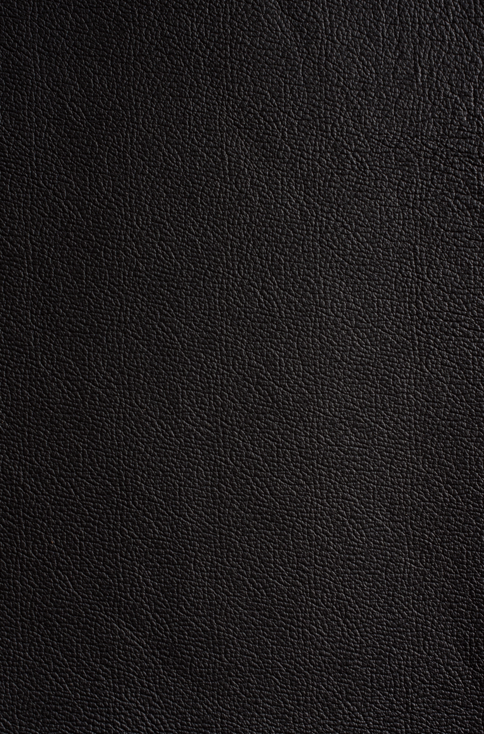Alexis Powell
Natural history enthusiast

Why no rubber? In most cases it isn't actually rubber but rather some kind of synthetic rubber-like plastic. Are you looking for something that also lacks "rubber" on the eyecups and focus wheel? I'm not sure anything is currently manufactured like that, but you will find some from the past. Best best would be to remove the armor from a bin that has a simple "skin" like the Swarovski EL. You could then wrap the barrels, if desired, with cured pig bladder, or vellum, leather bicycle handlebar wrap or the like.
--AP
--AP







